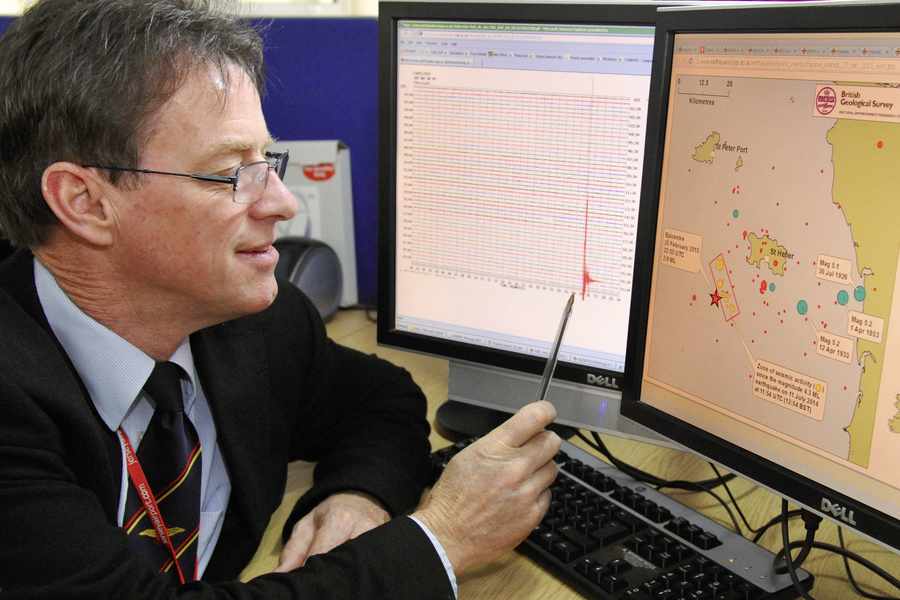
Image Source: Google
Earthquakes are natural disasters that can strike without warning, causing widespread damage and loss of life. To mitigate the impact of these seismic events, earthquake monitoring systems play a crucial role in providing early warnings and helping communities prepare and respond effectively. In this article, we will explore the importance of earthquake monitoring systems and how they work to keep people safe.
The Basics of Earthquake Monitoring Systems
Seismic Sensors
- Earthquake monitoring systems consist of a network of seismic sensors deployed across seismically active regions. Refer Link: https://damsafetygroup.com/seismic-monitoring/.
- Seismic sensors detect the ground motion caused by earthquakes and transmit data to monitoring centers in real-time.
- These sensors come in various types, including accelerometers, seismometers, and geophones, each serving a specific purpose in earthquake monitoring.
Monitoring Centers
- Monitoring centers receive data from seismic sensors and analyze it to determine the location, depth, and magnitude of earthquakes.
- Seismologists and geophysicists use this data to assess the potential impact of the earthquake and issue early warnings to at-risk communities.
- Monitoring centers also track aftershocks and provide ongoing monitoring to ensure the safety of the affected area.
The Role of Earthquake Monitoring Systems in Public Safety
Early Warning Systems
- Earthquake monitoring systems provide early warnings to help communities prepare for impending earthquakes.
- These warnings can give people valuable seconds to take cover, shut down critical infrastructure, and evacuate buildings, reducing the risk of injury and damage.
- Early warning systems have been proven to save lives and minimize the impact of earthquakes on communities.
Post-Earthquake Response
- Earthquake monitoring systems play a crucial role in coordinating post-earthquake response efforts.
- Monitoring centers provide real-time data on the extent of the damage, helping emergency responders prioritize their efforts and allocate resources effectively.
- By monitoring aftershocks and providing ongoing analysis, earthquake monitoring systems help ensure the safety of rescue and recovery operations.
Advancements in Earthquake Monitoring Technology
Real-Time Data Analysis
- Advancements in sensor technology and data processing have enabled monitoring centers to analyze seismic data in real-time with greater accuracy.
- This allows for faster and more reliable earthquake detection, giving communities more time to prepare and respond.
- Real-time data analysis also helps improve the understanding of earthquake behavior and facilitates better-informed decision-making in response efforts.
Integration with Other Technologies
- Earthquake monitoring systems are increasingly being integrated with other technologies, such as GPS and satellite imagery, to enhance their capabilities.
- By combining data from multiple sources, monitoring systems can provide a more comprehensive picture of seismic activity and its potential impact.
- This integration allows for better prediction of earthquake hazards and more effective mitigation strategies.
Conclusion
Earthquake monitoring systems are vital tools in ensuring public safety and mitigating the impact of seismic events. By leveraging advanced sensor technology, real-time data analysis, and integration with other technologies, these systems help provide early warnings, coordinate response efforts, and support ongoing monitoring to keep communities safe. Understanding the role of earthquake monitoring systems is crucial for building resilience and preparedness in the face of this natural hazard.